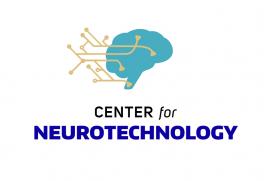Novel Brain Co-processor Uses “Deep Learning”
A computing processor could help connect parts of the brain where injury or stroke has severed their natural neural links, according to research at the Center for Neurotechnology (CNT), based at the University of Washington and an NSF-funded Engineering Research Center (ERC).
The CNT approach differs from traditional brain-computer interfaces in that it uses deep (machine) learning or an artificial neural network to learn and adapt alongside the brain. This method seeks to overcome one of the main difficulties researchers face in developing brain-computer interfaces: the fact that the brain is a dynamic, ever-changing system. CNT’s brain co-processors could enable new brain-computer interfaces, helping to move these devices out of the lab and into real-world applications.
The approximately 100 billion neurons that make up the human brain don’t stay in one place over time. They move and drift back-and-forth while growing and forming new connections rapidly and continuously. Enabling a co-processor to keep pace with the changing brain is accomplished by simultaneously recording information from neurons while also pulling data and feedback from the external environment that is relevant to the purpose for which it is intended.
The co-processor, an electronic computing device, processes all this information, learning and adapting through an “emulator network” — a system within the co-processor that uses reinforcement or error feedback to learn in much the same way as the human brain does — to accomplish a task or goal shared by both the user and the device. That task or goal could be anything from helping the user operate a brain-controlled prosthetic arm, bridge damaged neural pathways after a spinal cord injury, or strengthen neural connections to recover from a stroke.



